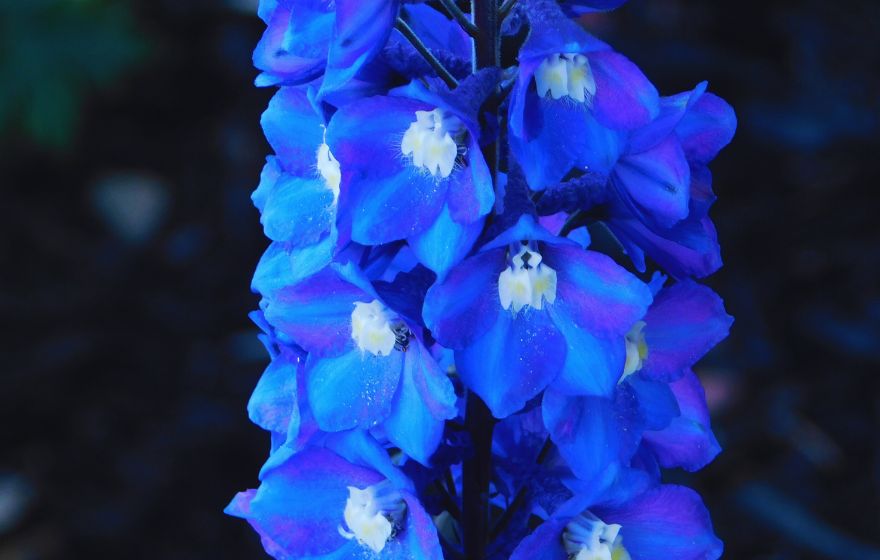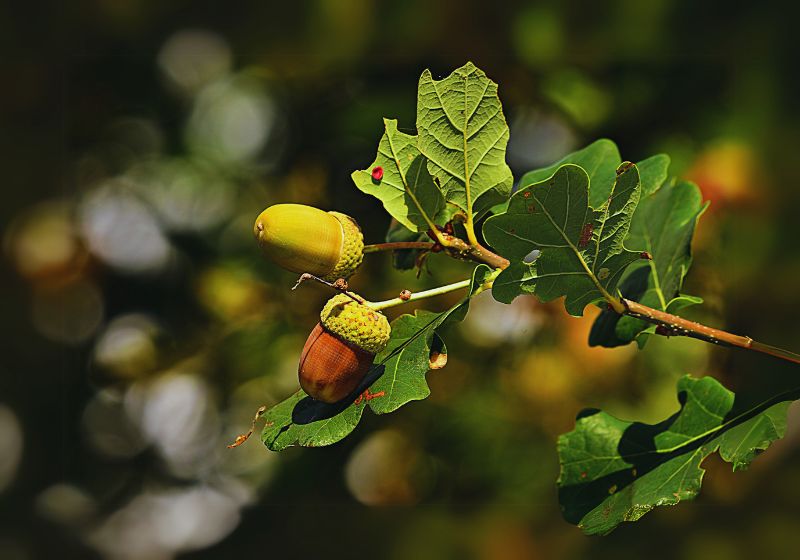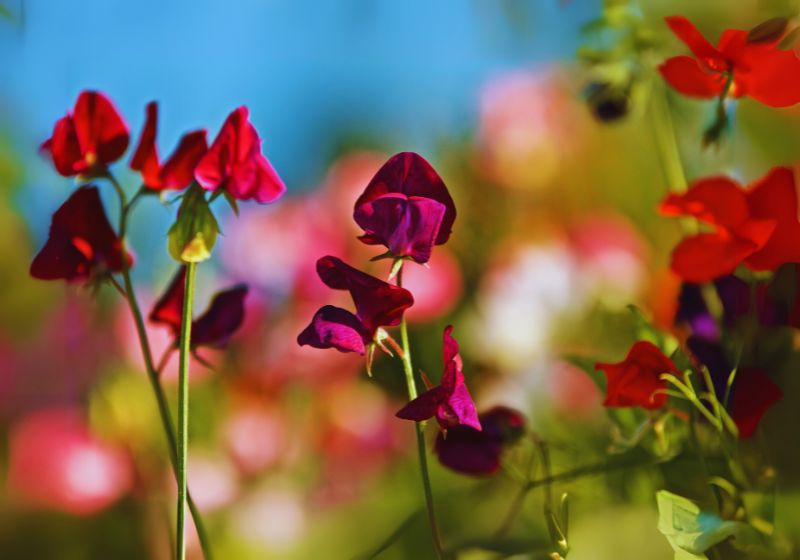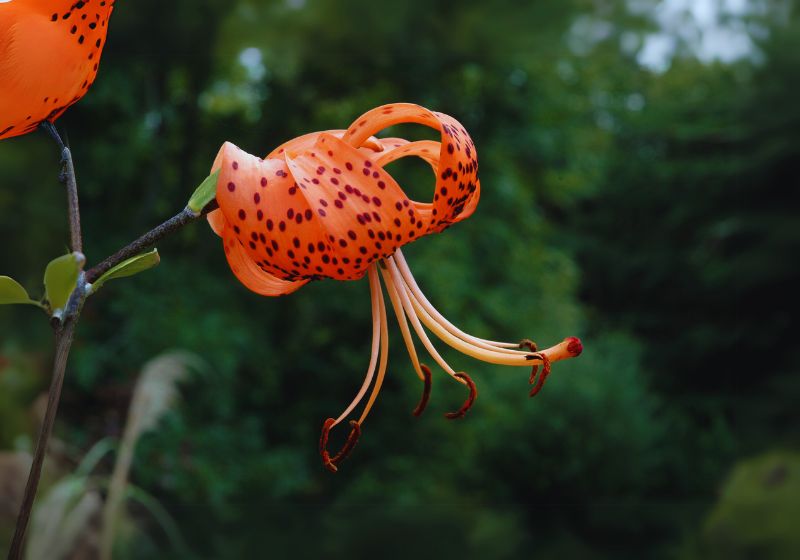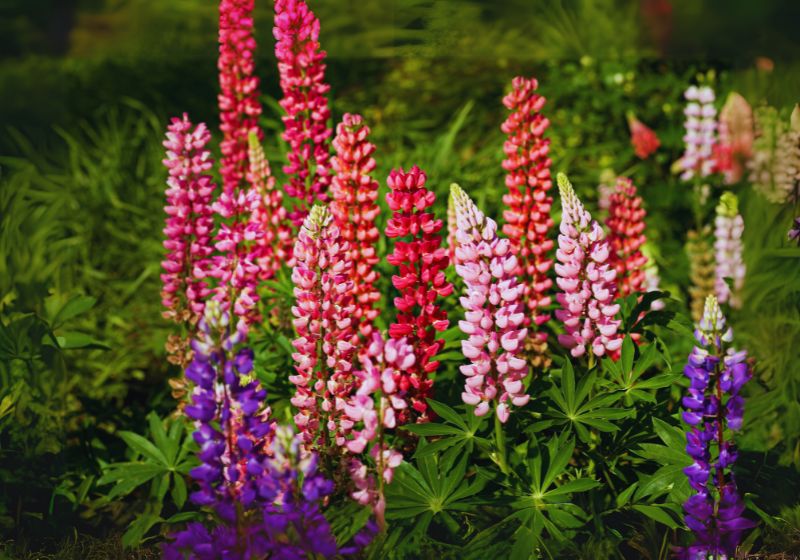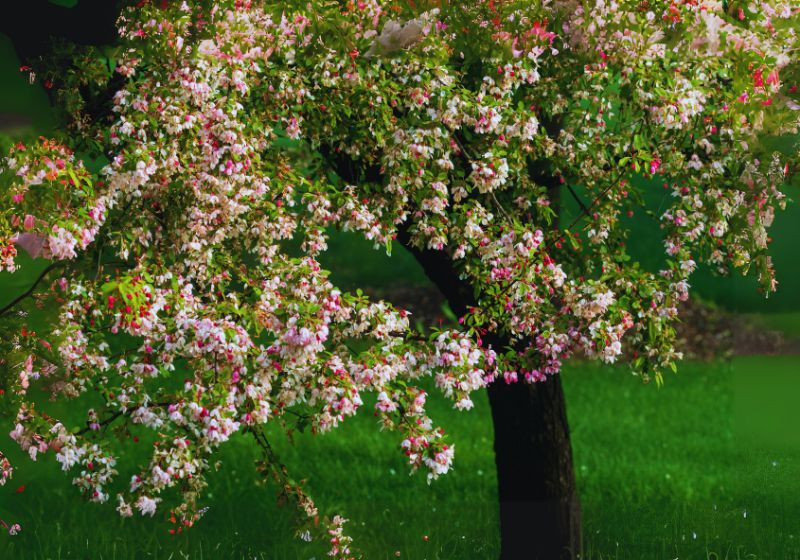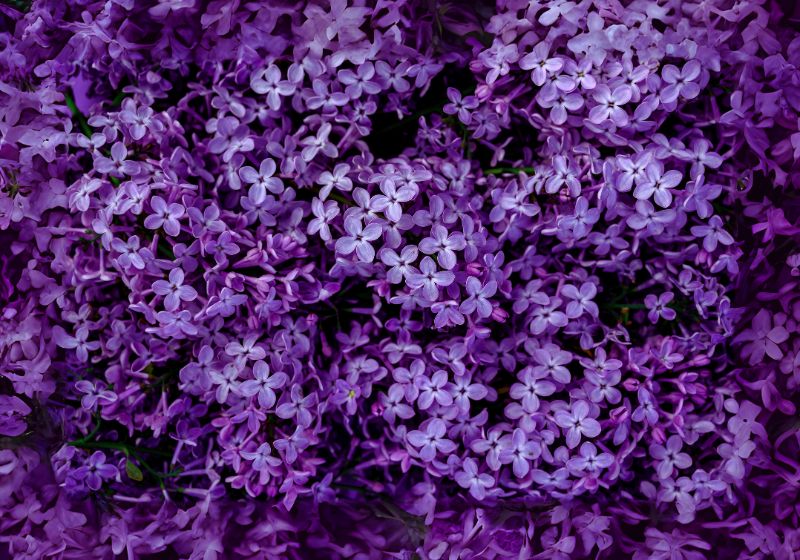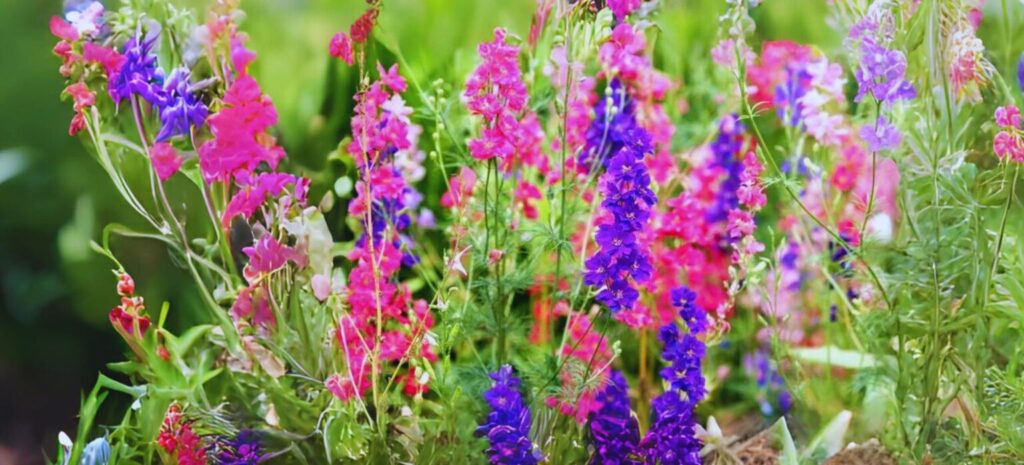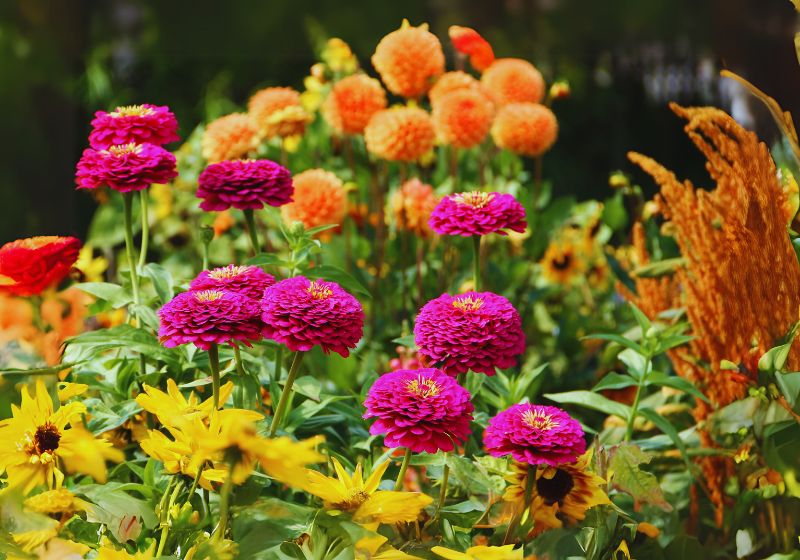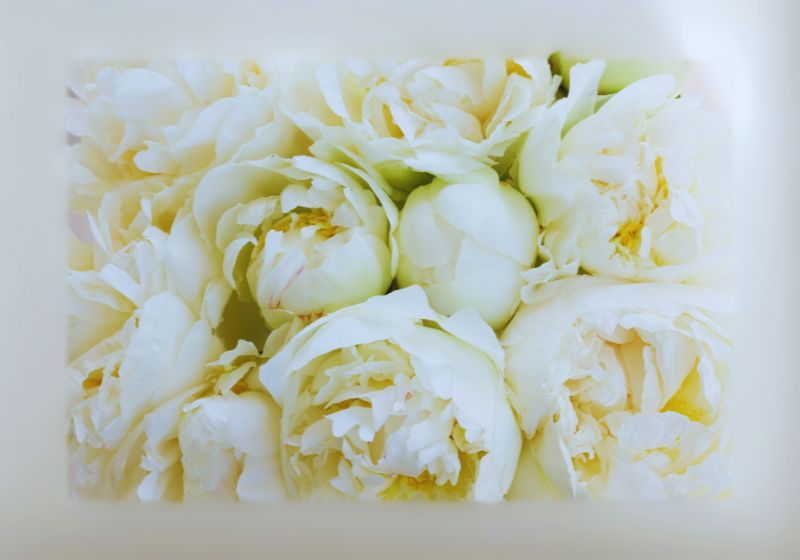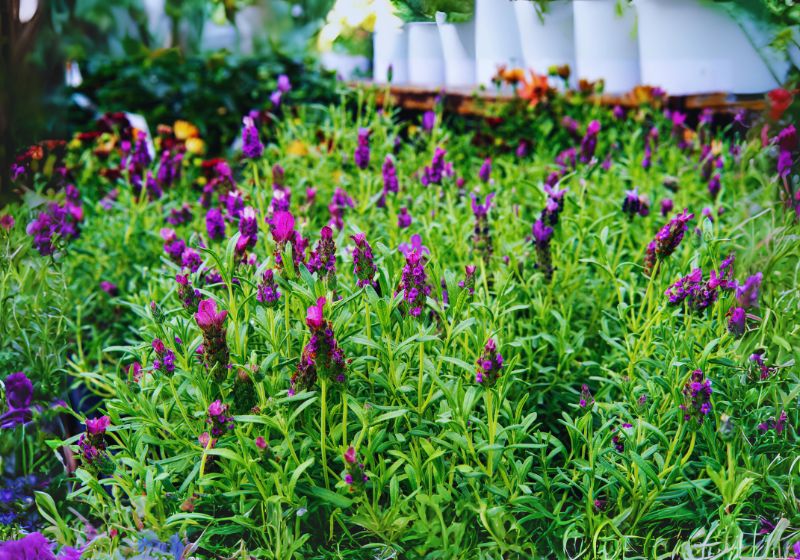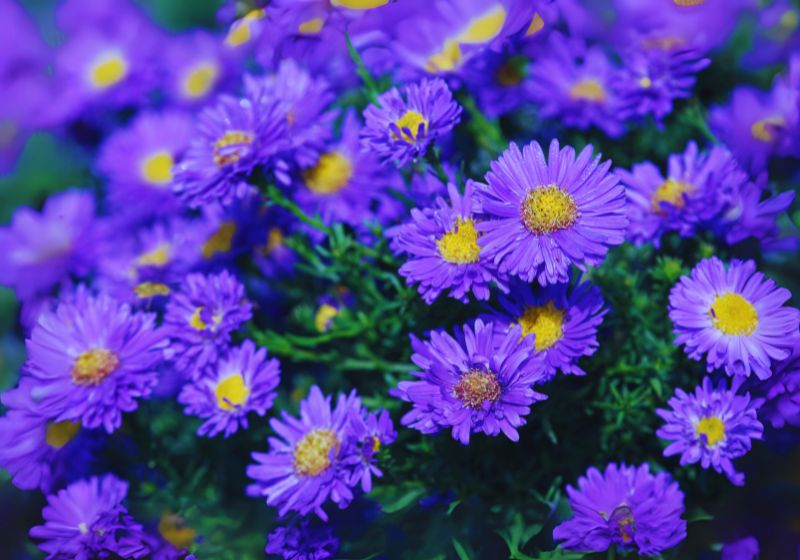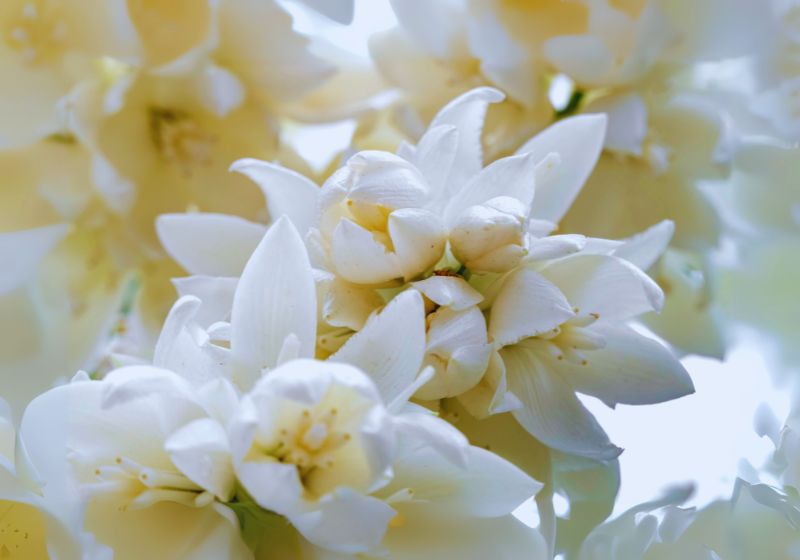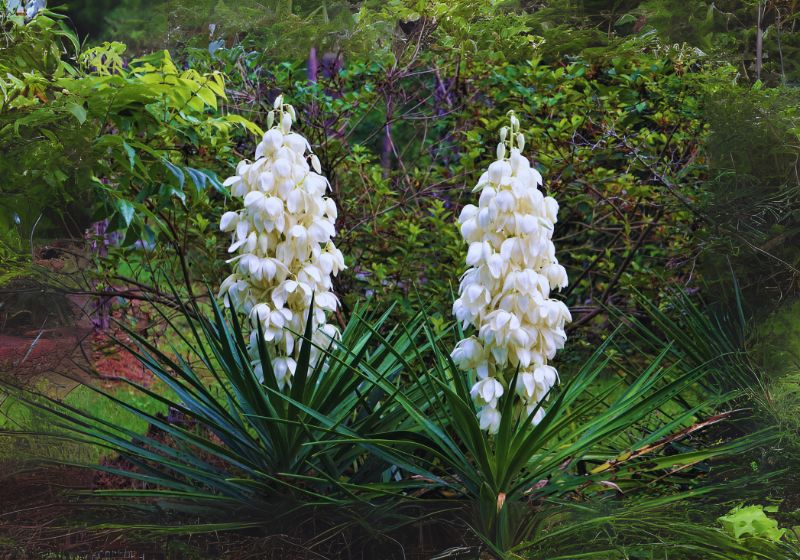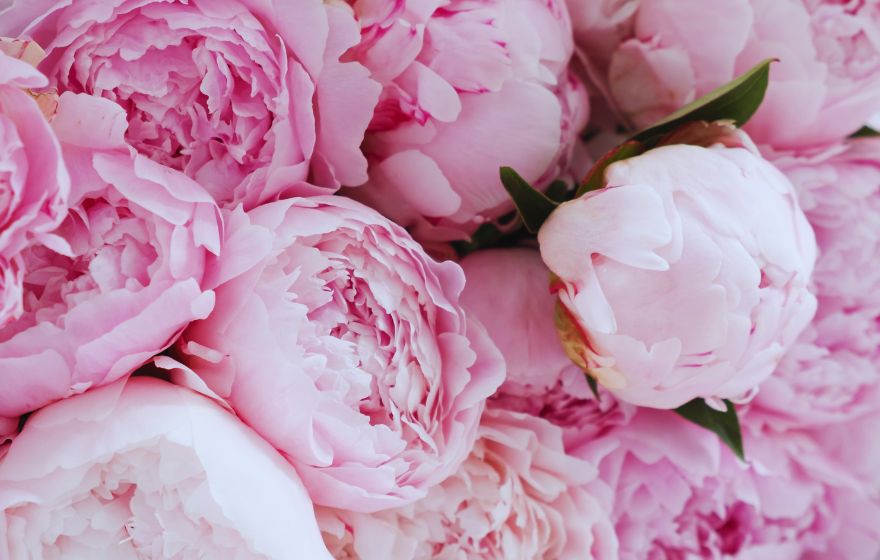How to Grow Queen of the Night Tulips: 2025 Guide
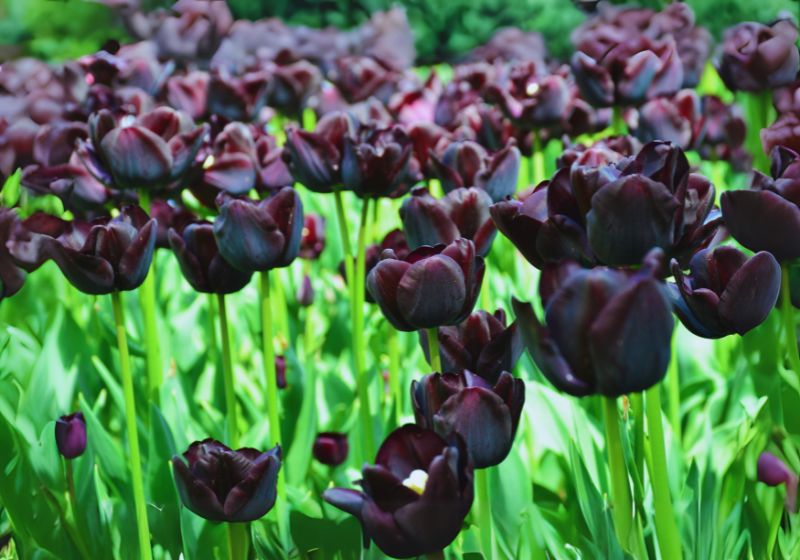
Garden enthusiasts treasure the Queen of the Night Tulip because of its dramatic purple to black flower color that creates a sophisticated and elegant visual presence. The Triumph Tulip Group includes these tulips which offer their bloom time in late spring thus providing garden owners with an ideal elegant planting option.
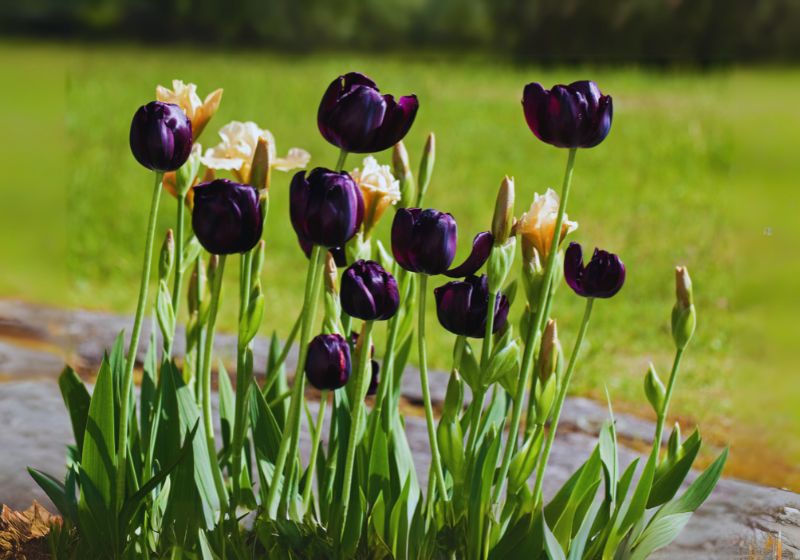
Readers will find complete instructions throughout this guide about achieving successful Queen of the Night Tulip cultivation including all phases from bulb installation to nurturance and upkeeping procedures.
Choosing the Right Bulbs
- The key points for selecting bulbs for planting include the following factors:
- The selection of bulbs for planting requires you to choose pieces that have a strong appearance with a circumference of at least 12 centimeters which results in more abundant blooms.

- People should buy high-quality bulbs from reputable nurseries and online stores as their supplier.
- Early bulb purchases should be stored in dry and cool conditions until it becomes time for planting.
Best Planting Time
Queen of the Night Tulips succeed best when planted in the autumn season. Plants should be placed into the soil during mid to late autumn months between September to November before frost occurs. Winter establishment of roots becomes possible because bulb planting occurs before winter starts.
Selecting the Planting Location
- The location selection for optimal growth and bloom should fulfill all of these conditions:
- Sunlight Full sun to partial shade (at least 6 hours of direct sunlight daily).
- The perfect conditions exist in well-draining loamy soil which contains organic matter for optimal bulb development.
pH Level: Neutral to slightly acidic (6.0–7.0 pH).
Protection of the planting area from wind damage requires selection of a site where strong wind cannot reach.
Soil Preparation

- The land needs trenching 12 to 15 inches deep to achieve better soil drainage and improved airflow.
- Integration of compost and well-rotted manure will create conditions for rich soil nutrients.
- The drainage of your soil can be improved by adding a combination of sand and perlite to soils with excessive moisture retention.
- Excessive moisture in bulb-growing areas causes rot of bulbs.
How to Plant Queen of the Night Tulip Bulbs
- Bulbs should go into holes that reach 6–8 inches below the surface while maintaining proper distance between them.
- Spacing: Maintain a 4–6 inch gap between bulbs for optimal growth.
- The bulbs should face upward when planting while maintaining the pointed side in the appropriate position since it supports proper sprouting.
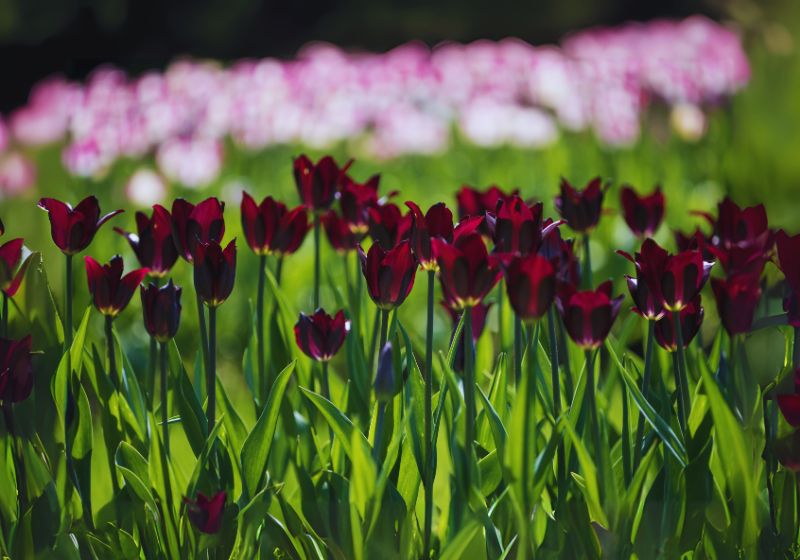
- Water and cover the planting area by filling it with earth followed by thorough water irrigation to start root development.
- The application of mulch on top of bulbs helps keep moisture in while shielding them from harsh winter elements.
Watering Requirements
- The new plantings benefit from immediate water application.
- During winter dormancy do not overwater because it causes rot to develop.

- The period of spring demands moderate water application where the soil texture should be just damp but not saturated.
- The Water Schedule Should Be Decreased During Foliar Yellowing.
Fertilization Schedule
- Soon after planting spread 10-10-10 balanced bulb fertilizer on the soil to nourish the plants.
- During Early Spring you should use a fertilizer containing phosphorus to stimulate flowering.

- Bulb strength for the following season can be promoted through potassium-based fertilizer application after the blooming period.
- Additional nitrogen will produce abundant leaves at the cost of fewer flowers developing on the plant.
Protection Against Pests and Diseases
Common Pests
- Aphids require treatment with insecticidal soap as a solution.
- Organic slug deterrents serve as effective protection against slugs and snails in addition to traps which provide additional prevention.

- The bulbs of rodents (squirrels and mice) remain safe through wire mesh barriers and proper repellents.
Common Diseases
- Execution of overhead water should remain avoided and infected plants need removal to prevent Botrytis Blight spread.
- The propagation of Tulip Fire requires the appropriate spacing between plants while infected bulbs should be discarded.
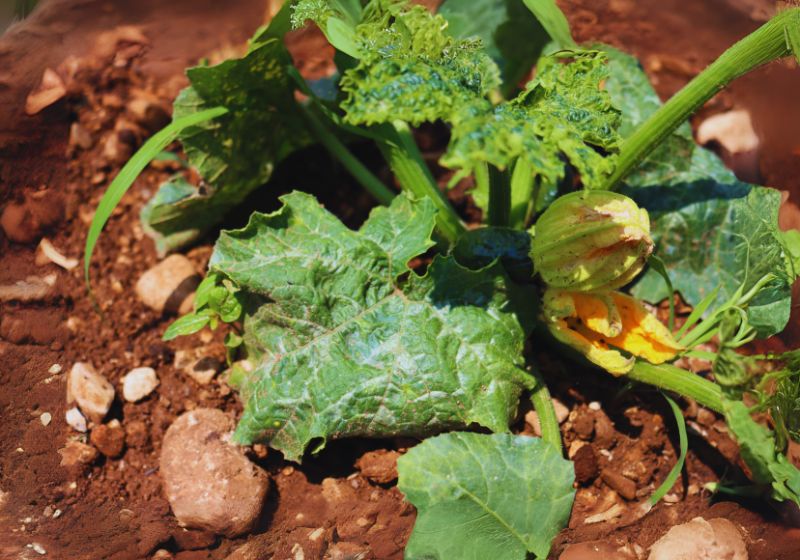
- Planting bulbs in well-draining soil stops the growth of rot which affects bulbs.
Supporting Tall Blooms
In areas with strong winds it helps to stake Queen of the Night Tulips or place them in proximity to fences for support.
Companion Planting
- Pair Queen of the Night Tulips with complimentary flowers for an eye-catching display
- Contrasting Colors White tulips, daffodils, or hyacinths.
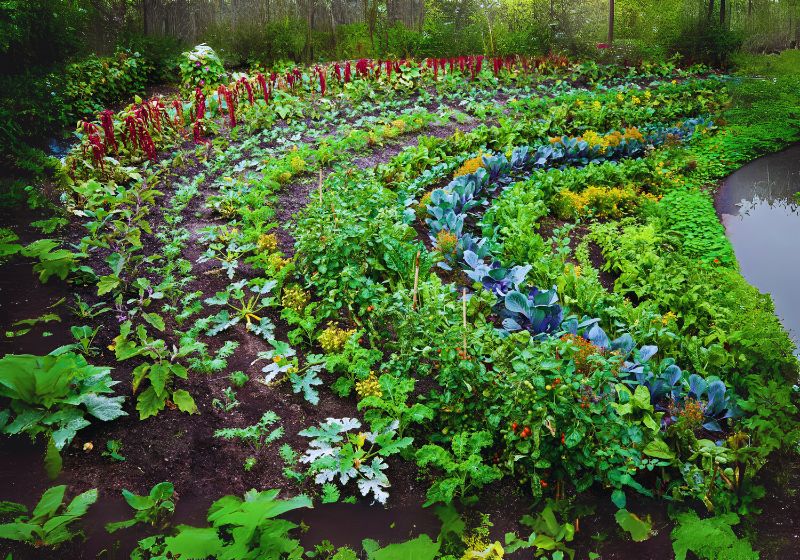
- The garden features spring perennials as both pansies and primroses and grape hyacinths.
- The flowering period of late-blooming bulbs lasts longer because it combines Alliums together with irises.
Post-Bloom Care
- Trim all spent flowers because seed production should be prevented by deadheading.
- Foldage should not get removed until the leaves turn completely yellow after six weeks without blooms.

- Bulb Lifting is an optional step that should be considered when summer wetness becomes significant since you should keep the bulbs inside a dry location.
Overwintering Considerations
- Tulip Queen of the Night tolerates cold winters in gardening areas from USDA Zones 3 through 8. However, in colder regions:
- Straw or autumn leaves applied as mulch will provide protection.

- The bulbs will suffer from rot so keep the growing area dry.
- Placed in sheltered locations, container-grown tulips should be protected from intense cold temperatures.
Propagation Methods
- There are two methods for propagating Queen of the Night Tulips:
- Mature bulbs should be dug up post-foliage to separate offsets which will be replanted.
- A seed propagation method is not common due to the many years needed for the flowers to mature.
Growing in Pots and Containers
- The limited space in your area does not prevent you from growing these tulips in containers.
- The ideal pots for bulb growth should measure at least 12 inches in depth and should come with drainage holes.

- The best soil mix for drainage consists of potting soil and sand.
- Position bulbs densely although keep them an inch apart from each other.
- To protect the containers from cold weather conditions, move them to sheltered locations during winter.
Stunning Aesthetic Appeal
- The attractive appearance of Queen of the Night tulips emerges as their main beneficial feature. The deep velvety purple petals create an effect where they seem black to some observers thus becoming unique among tulip plants.
- Light-colored tulips including white or yellow and pink form an appealing contrast with Queen of the Night tulips which produces a breathtaking visual effect in gardens.

- These tulips create an elegant modern appearance in every landscape or floral design because of their dark coloring.
- These tulips adapt to various decorative schemes between formal gardens through cottage gardens and minimalist and contemporary landscape designs.
Versatile Planting Options
- Queen of the Night tulips work in many different planting environments because they show flexibility in their acceptance of various cultivation sites.
- The tulips excel in decorative capacities by filling in as attractive elements within flower beds and ornamental borders to generate visual interest through their color distinction.

- Strong-colored varieties of these tulips bulbs create remarkable container arrangements suitable for patios and balconies.
- Cut Flowers for Bouquets find great popularity because their elegant appearance combines with lengthy strong stems.
Easy to Grow and Maintain
- Queen of the Night tulips demand little attention because they offer simple cultivation compared to other sensitive flowers.
- The bulbs need only occasional watering after initial planting because of their low maintenance requirement.

- This flower type demonstrates a strong survivability by adapting well to typical temperate environments while fighting off typical garden pests and diseases.
- The need for minimal winter cold temperatures makes Tulips suitable for flower cultivation in regions with cold climates.
Long Blooming Period
- Late in the spring season Queen of the Night tulips become one of the most delayed tulip types to produce flowers.
- Queen of the Night tulips lengthen the available tulip blooming period by producing flowers during the time early-tulip blossoms fade from the landscape.

- Succession planting becomes easy using Darwin hybrid tulips which bloom early in order to maintain springtime flower display.
- Tulip bulbs maintain their blooming ability for numerous weeks under proper care conditions during cool spring temperatures.
Attracts Pollinators
- Due to their dark coloring and late blooming time tulips remain capable of attracting pollinators thus helping to sustain local ecosystems although they lack attractiveness for bees and butterflies in comparison to other plant flowers.

- The late-season blooms on these flowers supply bees and butterflies with nectar during spring period.
- The planting of Queen of the Night tulips with additional pollinator-friendly flowers establishes balanced ecological systems.
Symbolism and Meaning
- The dark yet regal appearance of Queen of the Night tulips represents powerful symbolic ideas.
- The black blossoms hold two meanings: they represent mystery and elegance as well as sophistication and luxuriousness.

- Dark purple and black flowers symbolize romantic passion which makes them appropriate for romantic events.
- Queen of the Night tulips stand out as exceptional flowers because of their distinctive color which creates a remarkable visual impact whenever they grace a garden.
Complements Other Flowers Well

- The deep purple Queen of the Night tulips enhance various spring flowers and other tulip types for beautiful visual arrangements.
- With White Tulips :Creates a classic black-and-white theme for a dramatic effect.
- With Yellow or Orange Tulips :Offers a warm, eye-catching contrast.
- With Pink or Red Tulips : Adds depth and richness to the garden.
Conclusion
Proper planning combined with well-draining soil and regular maintenance operations creates an environment in which Queen of the Night Tulips thrive for cultivation. Caring for these elegant tulips properly will result in beautiful flowering thus creating sophisticated garden beauty.
These instructions will keep your plants healthy while delivering impressive springtime flowers each year.
READ MORE :How to Grow a Crabapple Tree: A Comprehensive Guide


 English
English 























